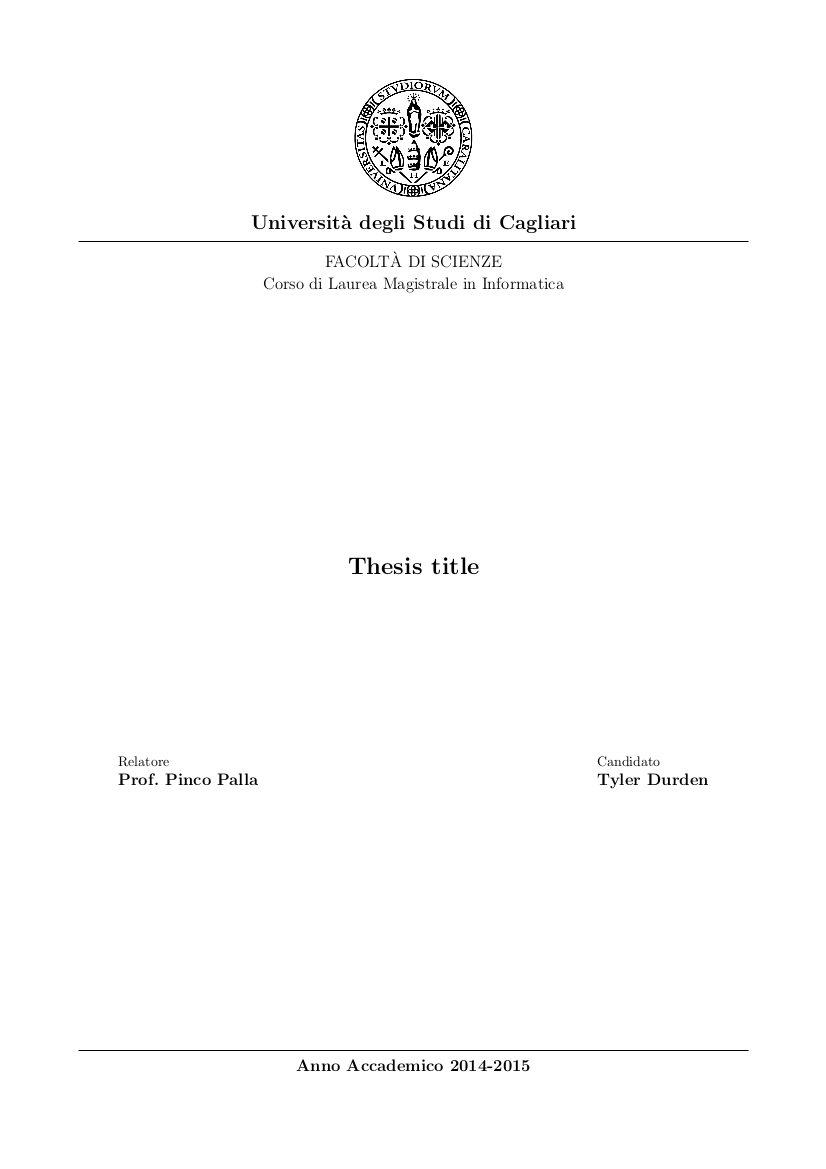



The nine chapters in this book report on the novel frontiers of the new era of industrial design and how these are being tackled, in what concerns the design process, in illustrating the use of new technologies in design and in terms of the advancement of culturally inspired design. This book uncovers prospective designer techniques and methods of a new age of industrial design, whose practitioners strive to construct simple and yet complex products of the future. Whether by using unique manufacturing processes like rapid prototyping and laser cutting or by celebrating beautiful materials like organics, concrete or silicon, they are successfully evolving industrial design according to user’s needs and engagement with their product. These non-traditional industrial designers work across disciplines, understand human beings, business and technology thus bridging the gap between customer needs and technological advancement of tomorrow. Keywords: industrial design, engineering design, design methodology, design goals, design inspired by nature"Ī new breed of modern designers is on the way.

As a conclusion, the requirement to integrate validation activities in the bionic design processes is emphasized. The analysis also identifies goals where the methods considered offer no or reduced support for their attainment, hence identifying the need for novel methodological proposals. The comparative analysis is intended to support designers in the process of selecting a design method that is adequate to the problem at hand. The analysis is based on the scrutiny of the six selected methods, in relation to the support given towards the attainment of four goals (form optimization, organisational effectiveness, multiple requirements satisfaction and paradigm innovation for improved functional performance), considered of paramount importance to typical design endeavours aiming at achieving innovative concepts, optimization of specific features or performance and environmental sustainability. The methods are presented in similar depth, and the parameters of analysis are also described. The paper establishes a comparative analysis between six methods, retrieved from literature. A number of design methods, intended especially to guide students and professionals from several design disciplines, such as industrial design, or engineering design, in carrying out the development of biologically inspired design, have been proposed. "Abstract: Having received growing attention in recent years, despite having been a source of inspiration for as long as design exists, design inspired by nature, or bionic design, is getting to the forefront of the search for environmental sustainability.


 0 kommentar(er)
0 kommentar(er)
